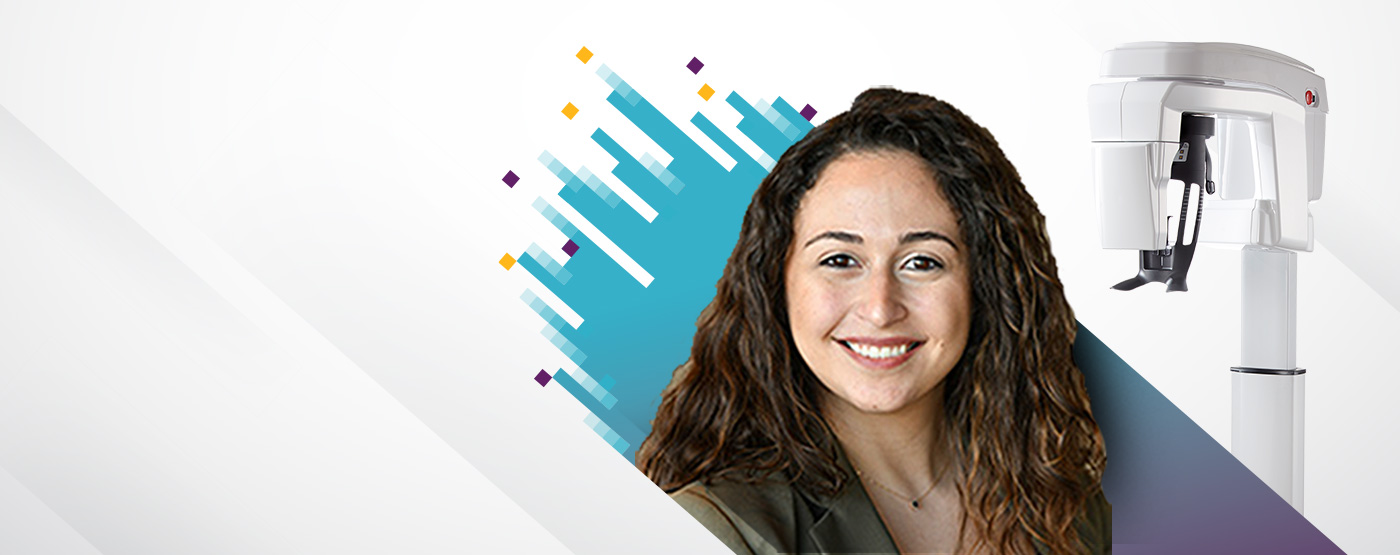Recent Articles Show Fractured Teeth Are on the Rise: How 3D Imaging Can Affect Your Diagnosis

We’ve all recently seen in the news that dentists all over North America are reporting an increase in bruxism, cracked and fractured teeth. As an oral maxillofacial radiologist reading this, my focus shifts to “What else are we missing?” I’m trained to systematically interpret 3D imaging scans and to approach each anatomical structure as if it were the “culprit.”
Yet, I’m often asked the questions:
“When would a CBCT scan add value to my diagnosis?”
“When should I use 3D imaging?”
If we take the report on bruxism and tooth fractures that’s been going around as an example, how would a 3D imaging scan add value?
- Evaluation of the temporomandibular joints (TMJ): A low-dose CBCT scan provides a clear image of the condyles to complement a dentist’s clinical findings. CBCT imaging of the TMJ allows accurate assessment of the volume and position of the condyle. It also helps us detect osseous changes that are suggestive of degenerative disease, such as flattening, sclerosis, osteophyte formation and erosion.
- Visualization and evaluation of teeth with vertical root fractures: The AAE-AAOMR joint position paper portrays CBCT as a valuable diagnostic tool in an endodontic practice. The indication of a fracture is usually due to the bone loss pattern around a root rather than the direct visualization of the fracture. Yet, detecting fractures is always significantly higher compared to 2D radiographs.
- Occlusal trauma and periapical pathology: Radiographically, there are various signs that accompany occlusal trauma: Widening of the periodontal ligament, thickening of the lamina dura, root resorption, hypercementosis, periodontal bone loss and more.
So, does this mean we have to take a CBCT scan on every patient? Not really. It is advised to use 3D imaging as a diagnostic tool complementary to a thorough clinical examination. Adhering to the “as low as diagnostically achievable” radiography principle can guide clinicians in their choice of radiographs needed to optimize diagnosis, treatment planning and outcomes assessment for their patients.
As the world changes, the way we approach diagnoses and patient care must change as well. CBCT is one tool we can use to get to the root of our patients’ problems.

- CBCT
- Industry News
- Tips and Best Practices





